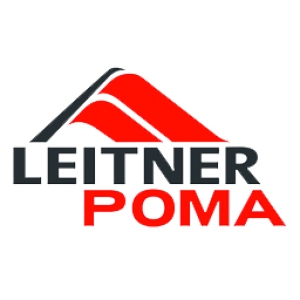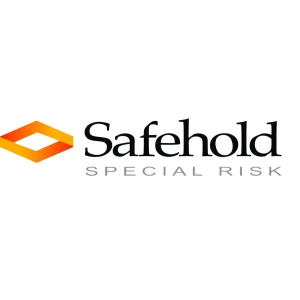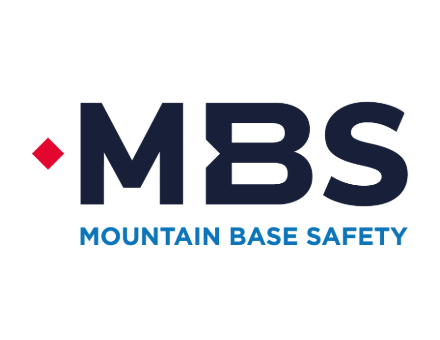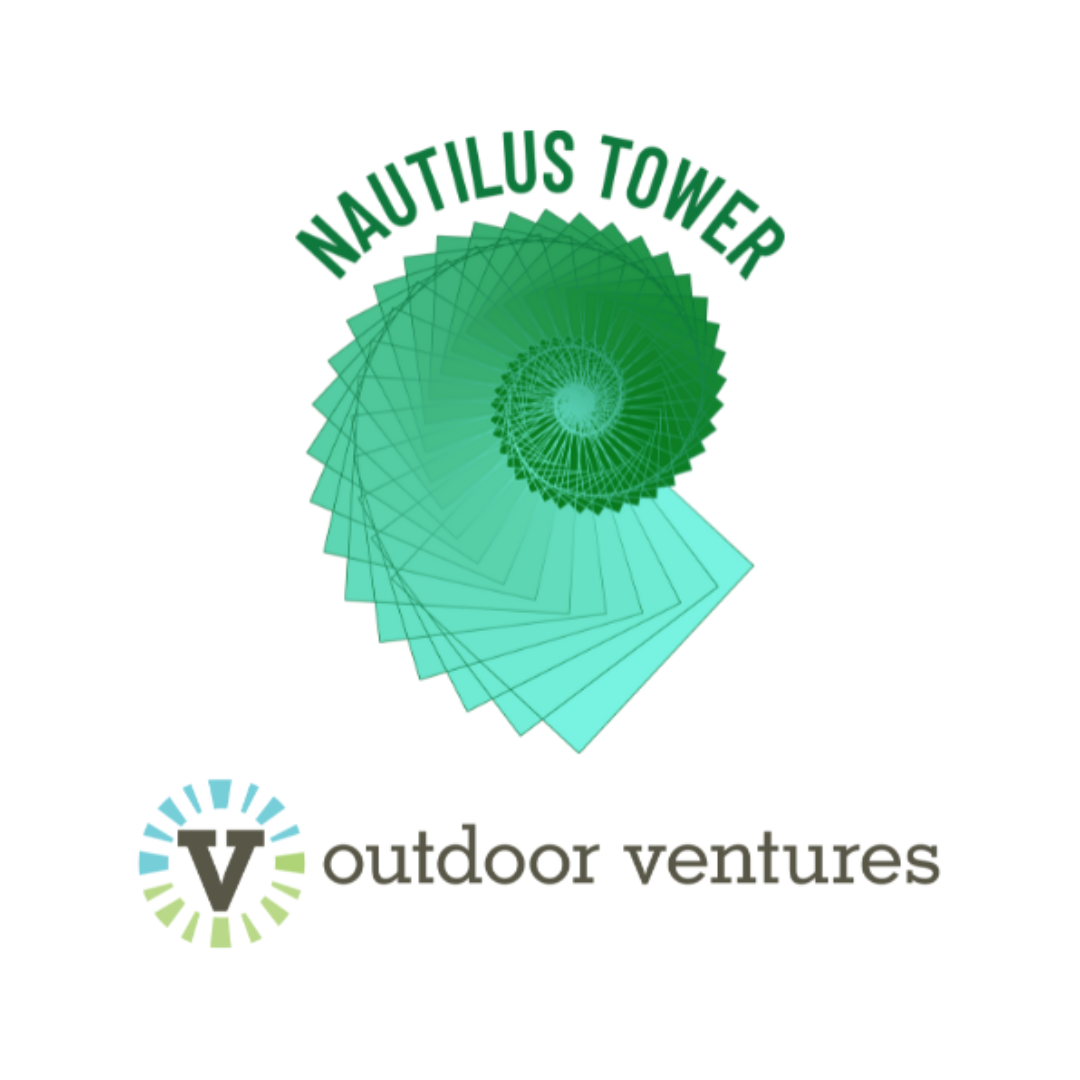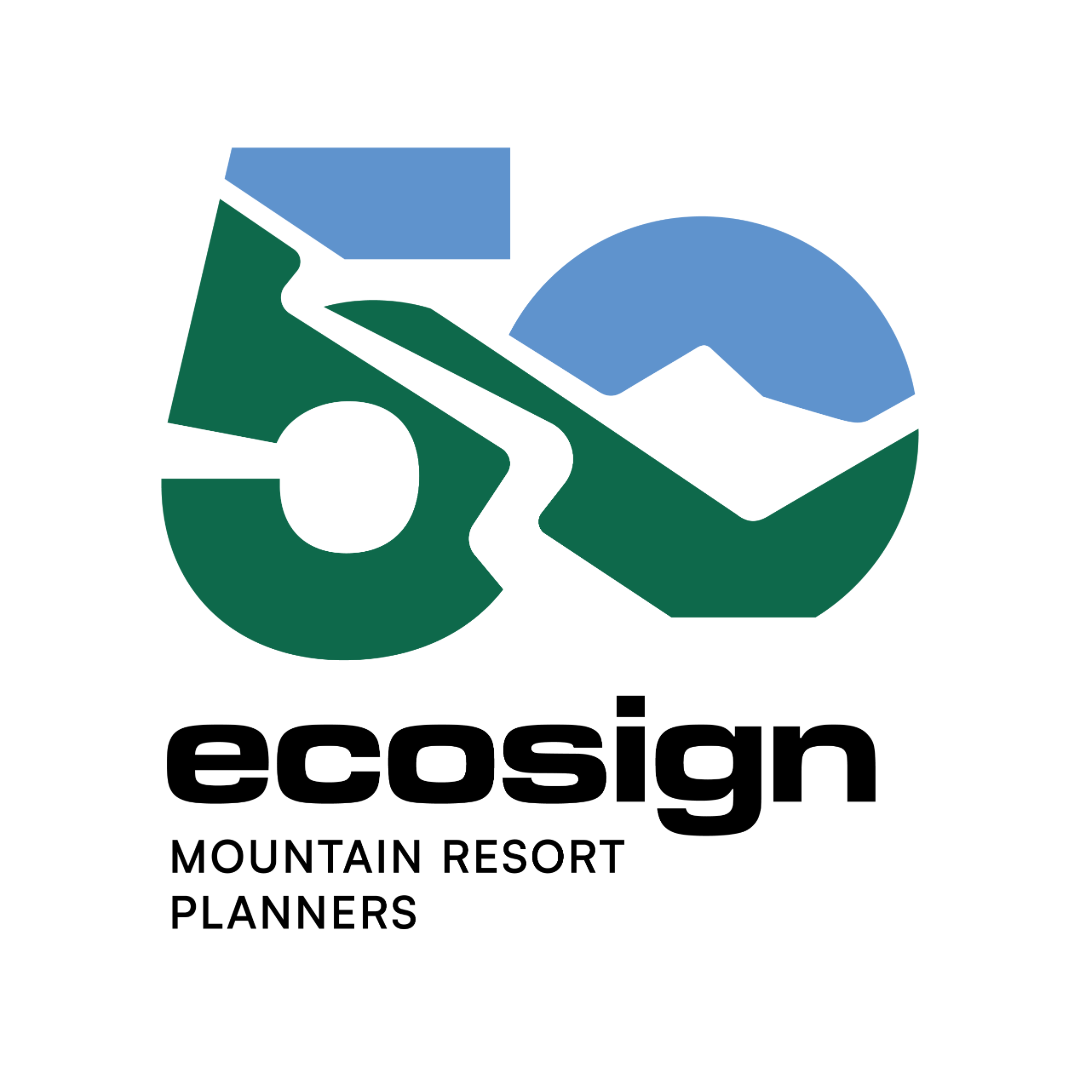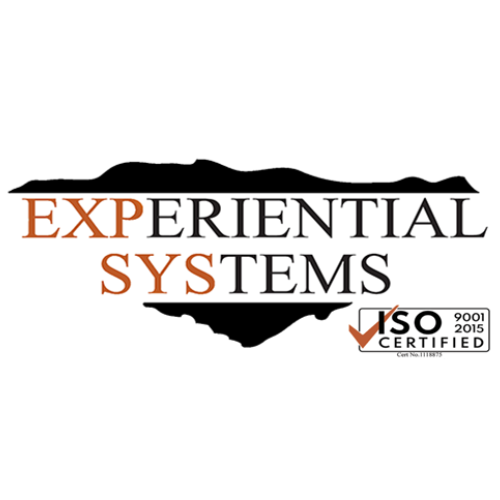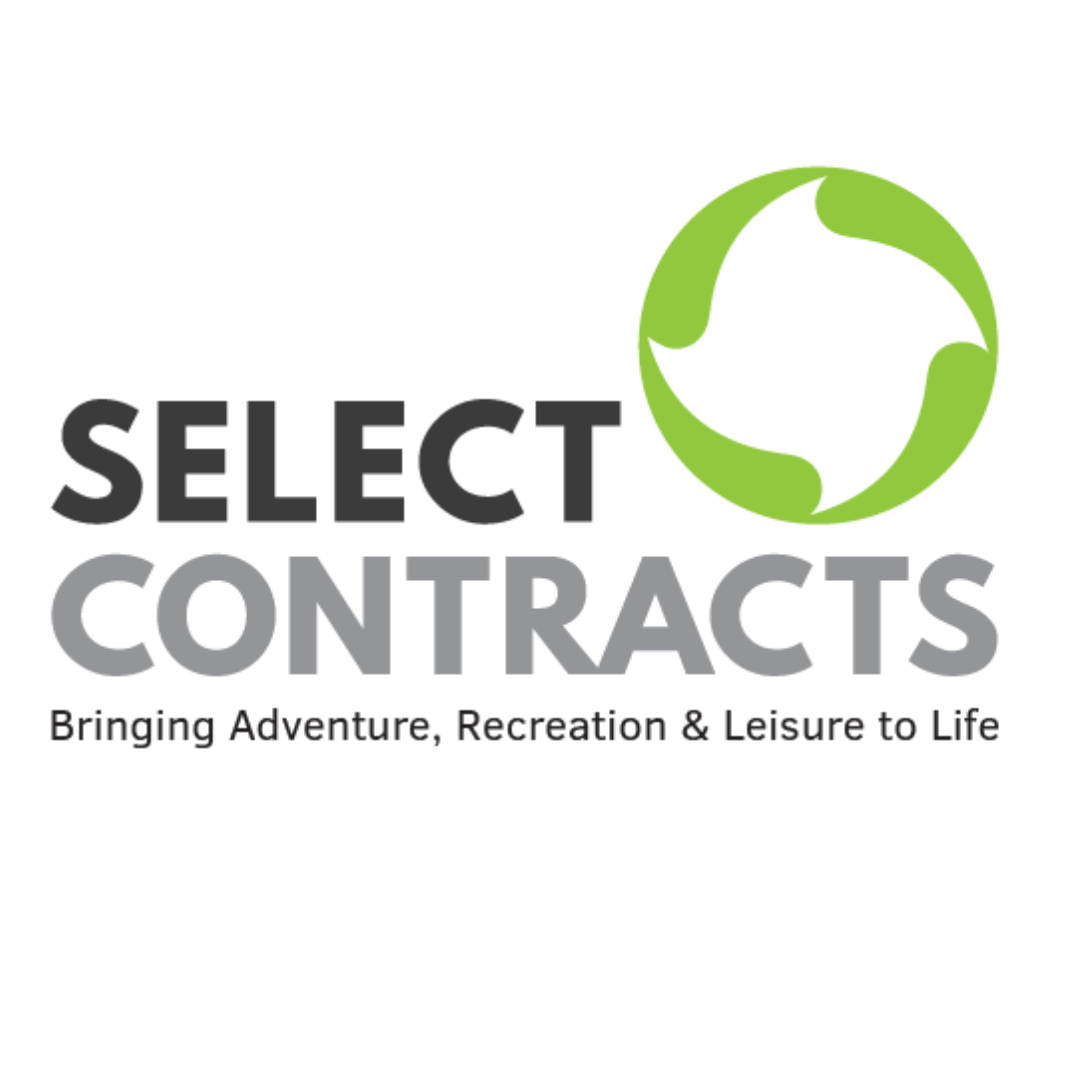Loyalty has replaced satisfaction as the top customer experience priority for organizations of all types, not just winter resorts. And since 2003, the Net Promoter Score (NPS), utilized by many in the ski business, has been the universal measurement of loyalty. For good reason: NPS correlates highly with profits.
Originally applied only to customers, the NPS is now being applied to employees and other audiences. And the results can be as important as for customers.
As resorts prepare for the coming season, we are often asked: “Should a ski resort focus first on increasing guest loyalty or employee loyalty?” The answer is “yes.” To understand that answer, let’s first review each and how they’re measured.
NPS and Guest Loyalty
A ski resort’s Net Promoter Score is based on the likelihood that the resort’s guests will recommend it to others. The Net Promoter Score highlights the importance of both increasing the percentage of those who love the resort (“Promoters”) and decreasing the percentage of those who do not care for it (“Detractors”). It’s calculated simply by subtracting the percentage of Detractors from the percentage of Promoters to produce a single number, a resort’s NPS.
In contrast to satisfaction, loyalty is highly correlated with business results, namely revenues and profits. This relationship explains why corporations and research firms alike have shifted their focus from customer satisfaction to customer loyalty.
In the early years of the NPS, the relationship between customer loyalty and business results was mostly theory, with limited data available. Since then, this relationship has been confirmed by organizations throughout the world, and highlighted in Fred Reichheld’s second book about NPS, “The Ultimate Question 2.0.” Guest research has also confirmed this link between loyalty and revenues and quantified the financial impact of NPS gains on revenues.
The NPS examines three loyalty categories: the aforementioned Promoters and Detractors, as well as Passives. These three categories display behavioral differences. Promoters rate their “likelihood to recommend” a 9 or 10, Passives a 7 or 8, and Detractors a 6 or below. As such, Promoters are of greater monetary and marketing value than Passives, and Passives significantly greater than Detractors.
In each resort examined, Promoters ski/ride and refer the resort significantly more often than its Passives, who in turn ski/refer the resort significantly more often than its Detractors. Further, Reichheld shows that 85 percent of positive word-of-mouth comes from Promoters, while 85 percent of negative word-of-mouth from Detractors.
A guest’s loyalty requires a high level of satisfaction with the resort experience, along with a strong emotional engagement with the resort. Passives, those guests who are generally satisfied with a particular resort but are not loyal to it, are typically not emotionally engaged with the brand. They can be easily wooed by competing resorts and are likely to spend less at
the resort.
NPS and Employee Loyalty
As with guests, the objective is to create loyal employees, not just satisfied ones. Employee loyalty is measured the same way, but with a different question, namely: “How likely are you to recommend the resort as a place to work?” Based on their likelihood, employees may be classified as Promoters, Passives, or Detractors. (Note: This question is often followed by a second one: “How likely are you to recommend the resort for a ski trip or vacation to others?”)
Employee loyalty requires satisfaction with the rational components of the job, including salary, benefits, and advancement opportunities. That by itself, though, is not enough. To develop loyalty, employees also need an emotional connection or engagement with the company, its goals and senior leadership. A loyal employee is committed to the success of the company, passionate about his job, listened to and respected by leadership, and is committed to enhancing guests’ experiences and their loyalty to the resort.
Employee loyalty has many benefits, including cost saving and incremental revenues. Only emotionally engaged, loyal employees will consistently exhibit the incremental effort to “wow” guests and compensate for service problems, thereby increasing retention and referrals. Employee Promoters will work to create Guest Promoters.
Employee Passives, who are satisfied but not loyal, will typically fulfill the minimum requirements of their jobs, and not much more.
In short: “Engaged employees are three times more likely to do something that is good for their company, even if it is not expected of them, than disengaged employees,” says Bruce Temkin, co-founder and chair of the Customer Experience Professionals Association, in his company’s 2014 Employee Engagement Benchmark Study.
The Circular Relationship
Employee and guest loyalty both require satisfaction and emotional engagement. Stated differently, resorts must capture their employees’ minds and hearts to earn their loyalty, just as much as they must capture their guests’ minds and hearts.
Before addressing the question of which is more important, let’s consider the relationship between employee and guest loyalty. We believe the relationship is circular, not linear.
Engaged, loyal employees connect with guests and enhance their experience, which strengthens guest loyalty. Loyal guests, in turn, enhance the employee experience, which increases employee loyalty. Stated more simply, happy employees make happy guests, and happy guests make happy employees.
A variety of studies have confirmed this relationship, including one that showed “41 percent of customer loyalty is attributed to positive employee attitudes” (Source: MCA) and a second one that showed 70 percent of brand perception is determined by customers’ experiences with employees (Source: Ken Irons).
Consistent with these studies, we have found that one of the key drivers or determinants of guest loyalty is staff friendliness/helpfulness, which strengthens a guests’ emotional connection to the resort.
Recommendations
Employee and guest loyalty are not mutually exclusive; they’re inextricably linked. It’s all but impossible to have one without the other. Therefore, it is necessary to simultaneously pursue both for maximum impact on business results.
Based on our studies of guest and employee loyalty, here are six recommendations to boost employee loyalty.
1. Measure employee loyalty annually or every other year using NPS, and demonstrate to your staff you have listened to them and responded to their suggestions.
2. Measure staff friendliness/helpfulness throughout your resort. Improving your scores in this area will drive your Promoter and Net Promoter percentages higher.
3. Provide your staff with hospitality training, including hospitality 101; train the trainer; and service recovery.
4. Hire staff based on attitude and service aptitude. Passionate employees make passionate guests.
5. When possible, assign your staff with the strongest guest service skills to the most important guest-facing positions.
6. Strengthen your resort’s guest-centric culture, breaking down the departmental silos that often prevent a seamless guest experience.
And remember, as you ramp up for the season, that both employee and guest loyalty are means to an end—that being increased revenues and profitability.
Scott Hannah is president of Guest Research, Inc., a Denver-based marketing research firm that provides quantitative research services to the winter sports industry. Its key services are satisfaction and loyalty survey systems based on the Net Promoter Score. For more info, contact: Scott@GuestResearch.com.
Browse Our Archives
September 2015
Circle of Trust
Which is more important for financial excess: guest loyalty or employee loyalty? As it turns out, the two are inextricably linked.
Written by: Scott Hannah, President, Guest Research Inc.- Push to The Latest: No
- Show in The Latest?: No






